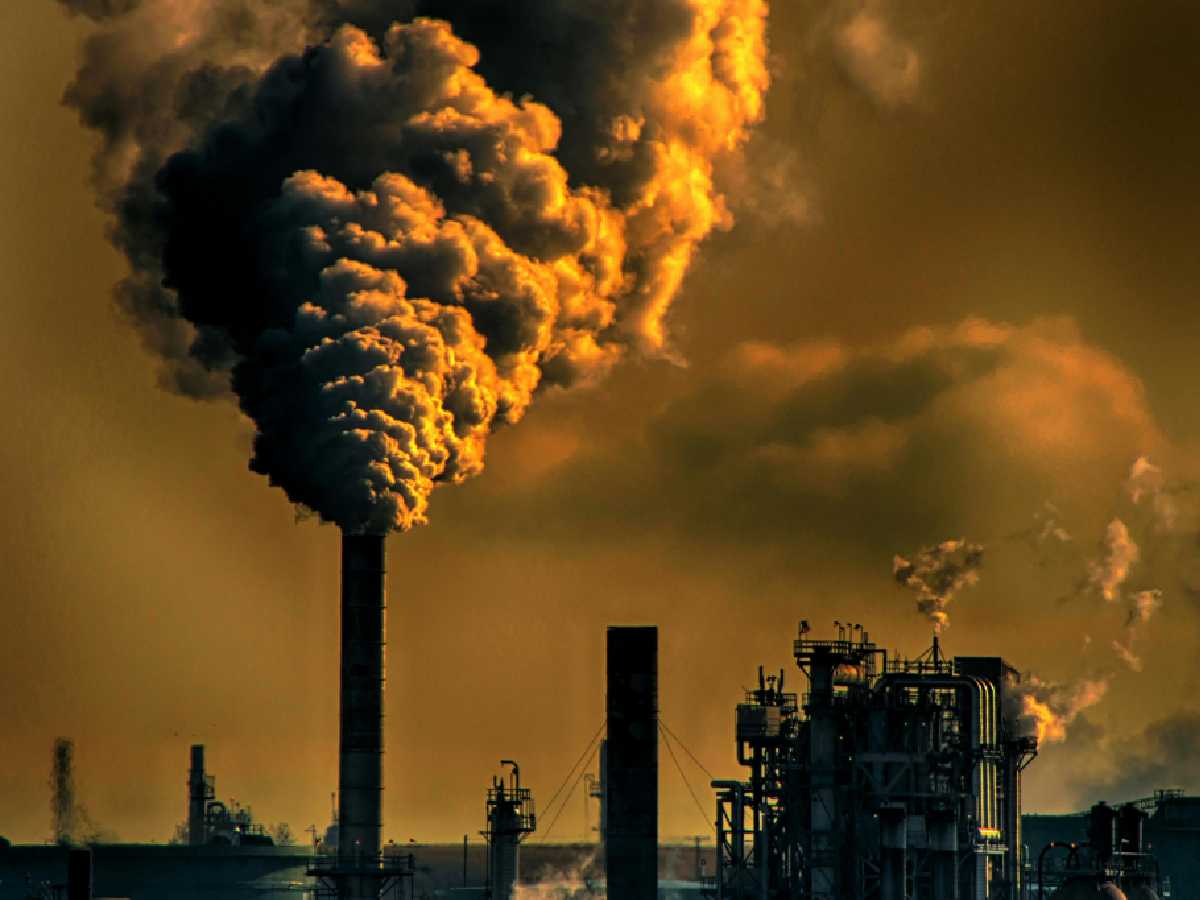
Delhi pollution: Artificial rain through cloud seeding has been introduced again as a potential action plan to combat rising pollution levels during the winter by the Delhi government.
It was announced by the environment minister, Gopal Rai, while he unveiled the 21-point winter action plan on September 25, as the national capital grappled with an Air Quality Index (AQI) of 236.
The plan also includes measures such as monitoring pollution hot spots through drones, forming a special task force to curb pollution, controlling dust pollution, and deploying mobile anti-smog guns. Additional actions focus on reducing vehicle emissions, preventing stubble burning, and addressing industrial pollution. The government will also increase green cover through tree plantations, ban firecrackers, and enhance public participation.
Also read: Delhi government yet to learn from the coaching centre incident that left 3 dead
Other initiatives include a real-time source apportionment study, the creation of an e-waste eco park, and measures like work-from-home options and staggered office timings. Plans are in place for voluntary vehicle restrictions, and the preparation for the odd-even vehicle scheme, as well, if necessary.
Artificial rain through cloud seeding aims to increase precipitation, reduce hail, or disperse fog by dispersing substances like silver iodide, potassium iodide, or dry ice into the atmosphere. These agents act as cloud condensation or ice nuclei to encourage rain or snow formation.
Techniques include static seeding, which boosts precipitation in super cooled clouds, and dynamic seeding, which enhances cloud development by releasing latent heat. Methods range from aircraft and ground-based generators to drones and infrared lasers.
However, the effectiveness of artificial rain remains doubtful, according to experts, which may cause more harm than good.
According to senior environmentalist and scientist at the Indian Institute of Tropical Meteorology, Gufran Beigh, the effects of artificial rain are negligible when combating air pollution. “For cloud seeding, chemicals such as silver iodide and potassium iodide are used to break open the clouds, which already have water molecules, referred to as hygroscopic clouds. These clouds will have to be widespread to actually bring about a difference in pollution levels across the city because if only a particular area contains hygroscopic clouds, then the landfall will be much more localised,” he said.
Beigh added that having artificial rain to combat air pollution is not effective if it only covers a smaller area, since it will only create a “pollution vacuum”. “Like during rains, water flows towards the nearest pothole on roads; it is the same with pollution in general. Since polluted air contains heavier particles, they are drawn to occupy the vacuum, which is now without pollution. This can also lead to this particular area becoming much more polluted than it was before,” he said.
On the other hand, scientist and environmentalist Chander Veer Singh highlighted that artificial rain can bring about a total change in the ecosystem. “Like how in Dubai the floods occurred due to cloud seeding, such a disaster can take place anywhere if it is done without any supervision. Artificial rain is chemically made viable, and that is bound to have some drastic effect on the environment. Also, under most circumstances, it is not as effective. Traditional methods to bring about natural rain are much more effective without having any negative effect on the environment,” he said.
Delhi-based environmentalist Bhavreen Kandhari highlighted that cloud seeding and smog towers are ineffective and become a wasteful expenditure of tax money.
Also read: DUSU Elections: Women’s safety, metro passes, water scarcity emerge as key issues
“Cloud seeding, just like other ad hoc reactionary measures such as smog towers, is an ineffective approach, risking wasteful expenditure of public funds and time. It also sparks concerns about its interference with nature, raising alarms about the potential negative impacts of the chemicals on humans, animals, and groundwater,” she said.
She added that the focus should be on the development of better infrastructure in the national capital and the enhancement of solid waste management systems. She said, “The current strategy of cutting trees while simultaneously installing artificial structures like smog towers and investing in cloud seeding contradicts the natural processes that trees contribute to, such as promoting rainfall and mitigating the urban heat island effect. Instead, the government should ideally prioritize the development of robust public transport, the implementation of better solid waste management, and the enhancement of city infrastructure to accommodate pedestrians and cyclists.”
Rival leagues trigger players’ suspensions and a legal battle in Indian golf, for now
Former Delhi CM Kejriwal criticises Centre, Delhi govt over worsening air pollution, alleges AQI manipulation
Delhi Police raids Nangloi unit producing fake engine oil, seizes over Rs 1 crore worth…
Mukesh Sharma reimagines digital components as living matter in his solo exhibition ‘Decoding Digital DNA’
Nine accused were arrested in coordinated raids as police uncovered organised networks supplying mule bank…
Nearly 1.57 lakh PUC challans issued in two months as Delhi steps up GRAP enforcement…